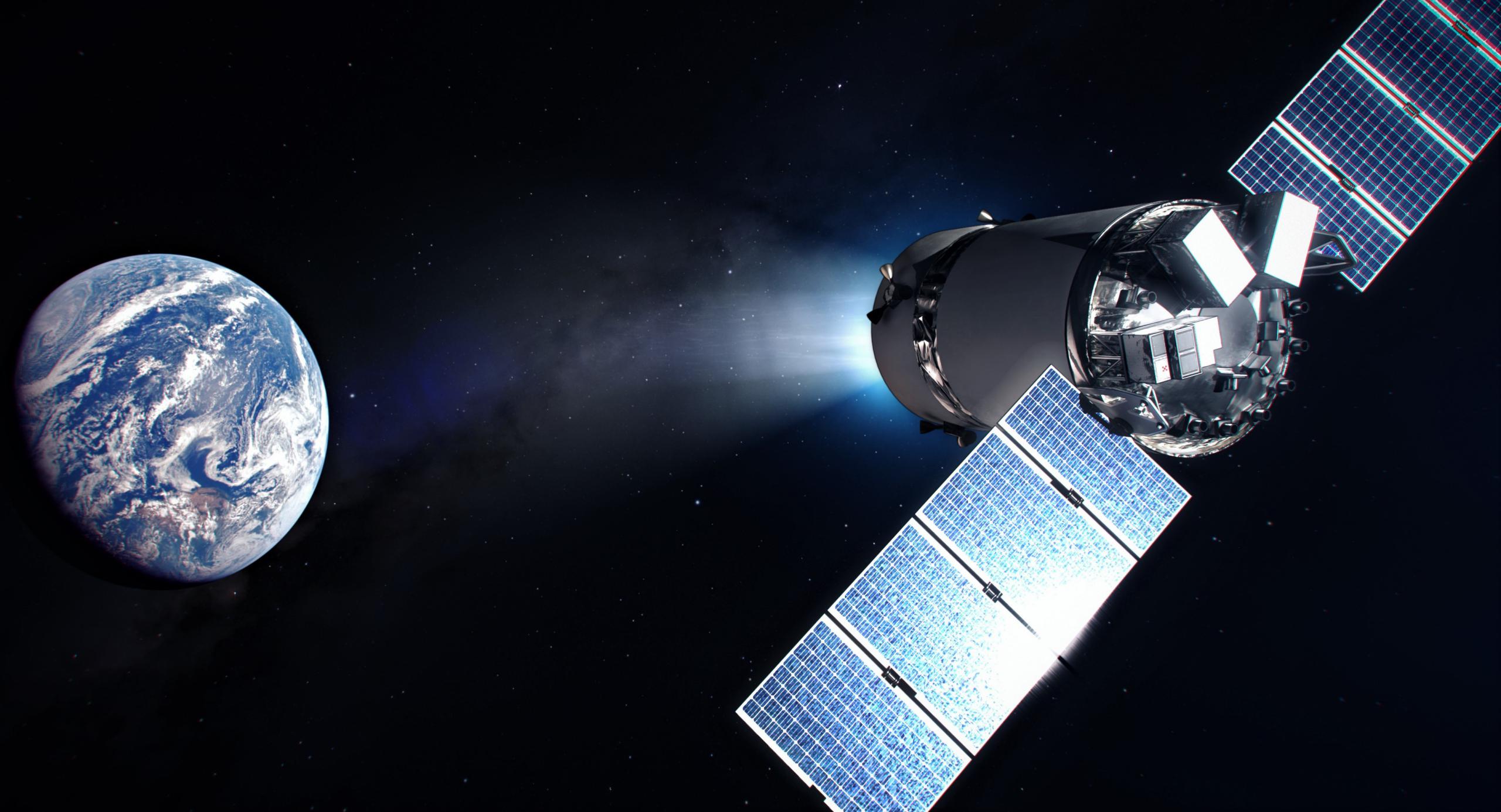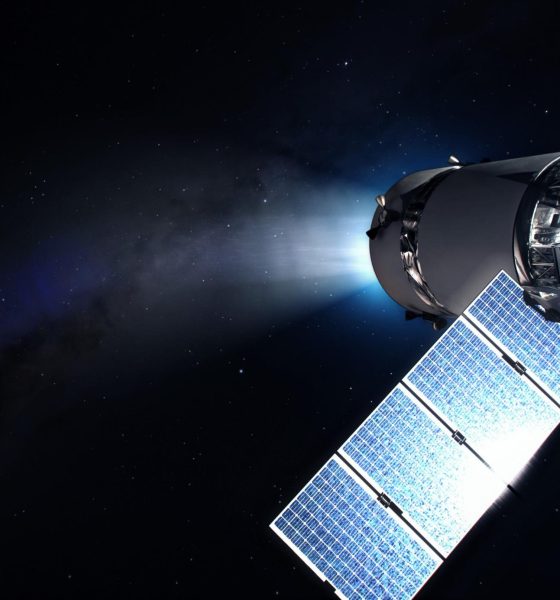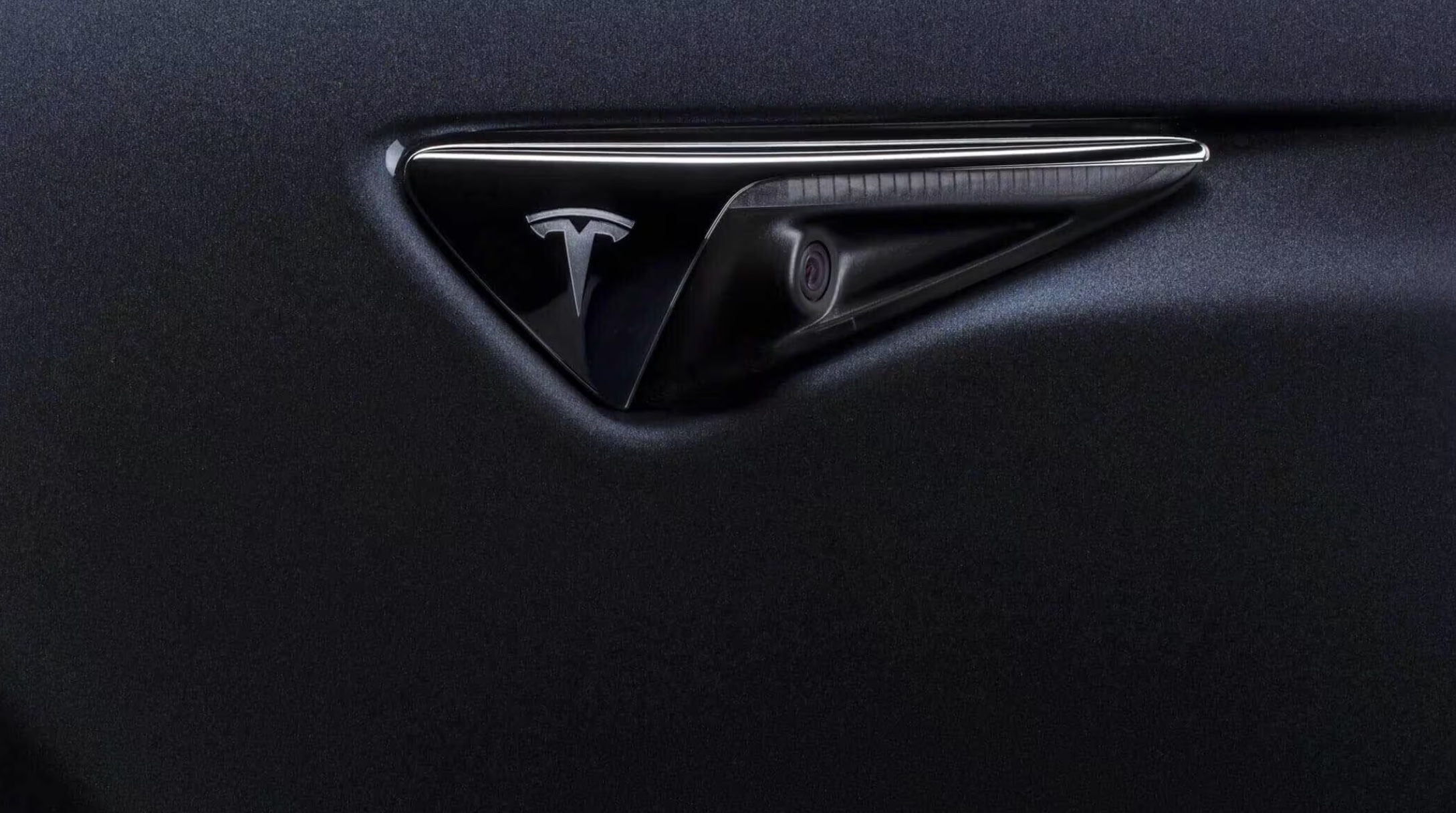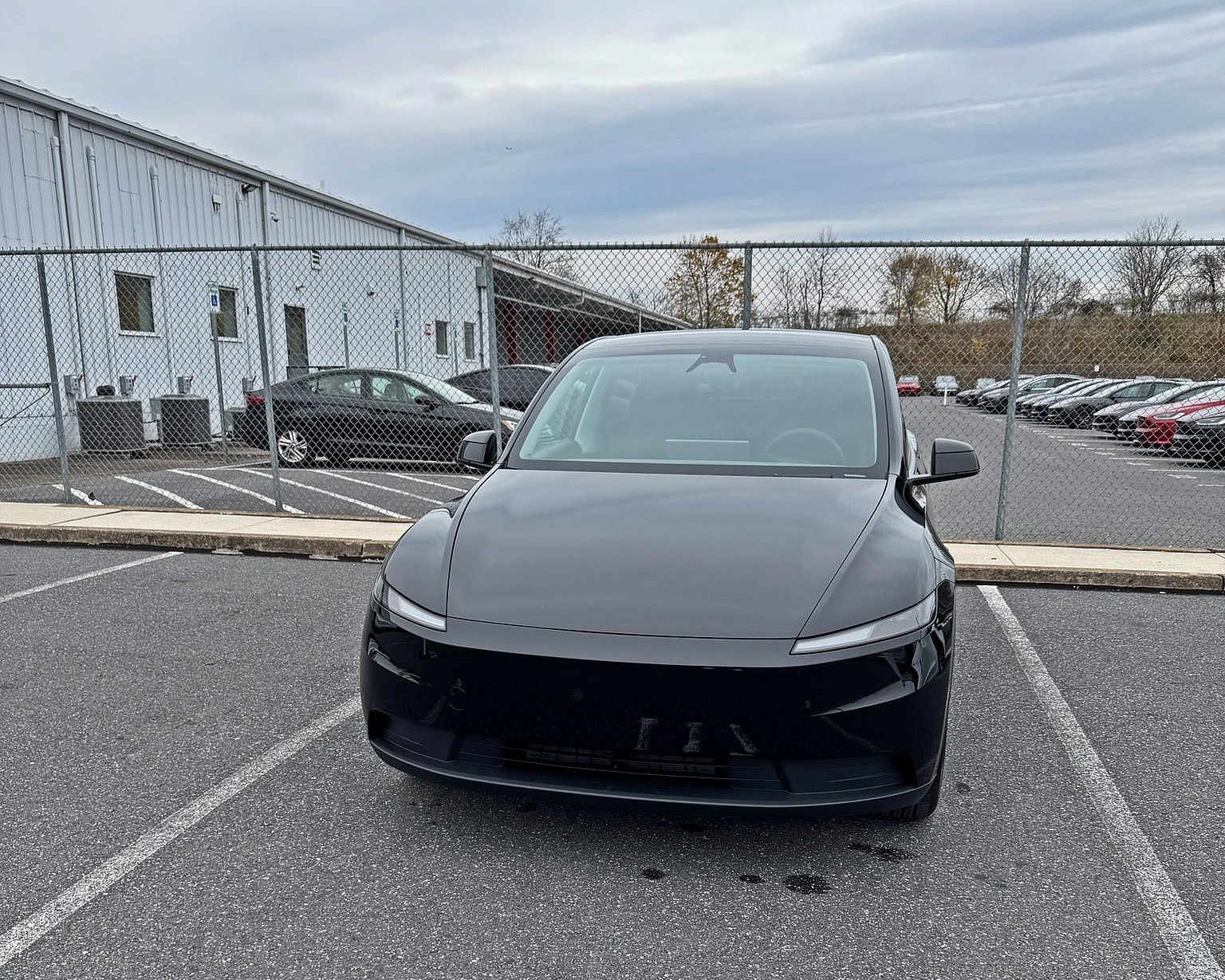

News
SpaceX Dragon XL could double as a crew cabin for lunar space station
A recent modification to SpaceX’s Dragon XL lunar cargo resupply contract with NASA suggests that the spacecraft could be used as an extra crew cabin and bathroom at a lunar space station known as Gateway.
The contract modification was made around April 1st of this year and provided SpaceX around $121,000 to complete the latest study on the potential utility of its expendable Dragon XL spacecraft beyond the primary goal of resupplying a space station orbiting the Moon. Designed to deliver at least five metric tons (~11,000 lb) of pressurized and unpressurized cargo to Gateway, Dragon XL will launch on SpaceX’s own Falcon Heavy rocket – currently the only super heavy-lift launch vehicle in operation – and meant to heavily borrow from hardware and systems already developed for Crew and Cargo Dragon.
NASA first announced its selection of SpaceX for the Gateway Logistics Services (GLS) contract back in March 2020. More than a year later, very little has been said (or visibly done) to progress from that announcement to a true contract – an unusually long period of inactivity for such a significant program.
Of note, as recently as April 2021, NASA officials made it clear that they were still in the cryptic process of “reviewing” the Artemis program, leading to such a long delay between the GLS award announcement and finalization of an actual contract with SpaceX. Of note, back when it was announced, NASA’s nominal plan was to begin Dragon XL cargo deliveries as early as 2024 to support the Artemis Program’s first crewed Moon landing attempt.
Since then, however, other crucial aspects – namely the concept of operations and Human Lander System (HLS) meant to carry astronauts to and from the Moon – have evolved significantly. Weeks after NASA’s GLS announcement, the space agency awarded approximately $1 billion to three prospective HLS providers – SpaceX, Dynetics, and a team led by Blue Origin. A little over a year later, NASA announced a shocking decision to award that initial HLS Moon landing demonstration contract to SpaceX and SpaceX alone.
More or less simultaneously, NASA it made it clear that it was seriously studying the possibility of performing Artemis-3 – the first crewed Moon landing attempt in half a century – without Gateway. Along those lines, the SLS-launched Orion spacecraft and HLS lander (a custom variant of SpaceX’s Starship) would dock directly in lunar orbit instead of separately docking to Gateway to transfer crew. NASA’s decision to solely select Starship as its future Moon lander was so surprising in large part because of how starkly the vehicle’s potential capabilities contrast with the rest of the Artemis Program.
As many have already noted, the very existence of a Starship with capabilities close to what SpaceX is working towards – now a practical inevitability for the company to complete its HLS contract – brings into question the architecture NASA has proposed for Artemis. Currently, the nominal plan is to launch astronauts into an exotic high lunar orbit with NASA’s own SLS rocket and Orion spacecraft – an inconvenient orbit only needed to make up for said spacecraft’s shortcomings. Prior to recent developments, Orion would then dock with Gateway. The HLS vehicle would follow and crew would eventually transfer to the lander, which would then carry 2+ astronauts to and from the surface of the Moon and re-dock with Gateway, followed by Orion returning those astronauts to Earth.
Given that Starship offers enough pressurized volume to rival even the vast International Space Station (ISS) in a single launch, the entire concept of Gateway – an almost inhumanely tiny space station – becomes dubious. If Orion also doesn’t need Gateway to transfer its astronauts to the lander, which NASA has all but confirmed, it’s difficult to see what value Gateway could offer outside of a very expensive technology demonstration. Including a planned Falcon Heavy launch of the first two Gateway segments, station production, and the possible need for expensive Dragon XL cargo deliveries, Gateway could easily end up costing NASA $4-5 billion before it hosts a single astronaut.
NASA is already deeply concerned about the apparent likelihood of Congress systematically underfunding the HLS and Artemis programs outside of SLS and Orion, going as far as selecting just a single HLS provider after clearly indicating a desire for redundancy given enough funding. NASA’s HLS contract with SpaceX is expected to cost around $2.9 billion. The next cheapest option – Blue Origin’s proposal – would reportedly cost around $6 billion. In other words, if NASA were able to stop work and Gateway and redirect that funding elsewhere, it could almost already afford two HLS providers without a larger budget.
Given that NASA has selected SpaceX for HLS and GLS, it’s not impossible to imagine that the space agency is growing increasingly aware that Gateway and Dragon XL look more than a little redundant beside the Starship vehicle NASA itself is now funding SpaceX to realize. For now, though, work on all three programs continue. Most recently, NASA and SpaceX are studying the possibility of adding a toilet and using Dragon XL as an extra crew cabin and bathroom to augment the tiny habitable volume of Gateway’s lone habitat. Only time will tell where the cards ultimately fall.

News
Tesla Full Self-Driving warrants huge switch-up on essential company strategy

Tesla Full Self-Driving has warranted a huge switch-up on an essential company strategy as the automaker is hoping to increase the take rate of the ADAS suite.
Unlike other automotive companies, Tesla has long been an outlier, as it has famously ditched a traditional advertising strategy in favor of organic buzz, natural word-of-mouth through its production innovation, and utilizing CEO Elon Musk’s huge social media presence to push its products.
Tesla has taken the money that it would normally spend on advertising and utilized it for R&D purposes. For a long time, it yielded great results, and ironically, Tesla saw benefits from other EV makers running ads.
Tesla counters jab at lack of advertising with perfect response
However, in recent years, Tesla has decided to adjust this strategy, showing a need to expand beyond its core enthusiast base, which is large, but does not span over millions and millions as it would need to fend off global EV competitors, which have become more well-rounded and a better threat to the company.
In 2024 and 2025, Tesla started utilizing ads to spread knowledge about its products. This is continuing, as Full Self-Driving ads are now being spotted on social media platforms, most notably, X, which is owned by Musk:
NEWS: Tesla is running paid advertisements on X about FSD (Supervised). Here’s an ad they started running yesterday: pic.twitter.com/IHVywLMyTd
— Sawyer Merritt (@SawyerMerritt) November 25, 2025
Interestingly, Tesla’s strategy on FSD advertising is present in Musk’s new compensation package, as the eleventh tranche describes a goal of achieving 10 million active paid FSD subscriptions.
Full Self-Driving is truly Tesla’s primary focus moving forward, although it could be argued that it also has a special type of dedication toward its Optimus robot project. However, FSD will ultimately become the basis for the Robotaxi, which will enable autonomous ride-sharing across the globe as it is permitted in more locations.
Tesla has been adjusting its advertising strategy over the past couple of years, and it seems it is focused on more ways to spread awareness about its products. It will be interesting to see if the company will expand its spending even further, as it has yet to put on a commercial during live television.
We wouldn’t put it out of the question, at least not yet.
News
Tesla Model Y Standard: first impressions from a Premium owner

Tesla was nice enough to hook us up with the new Model Y “Standard” trim for a few days, and while we’ll be sure to fill you in on the full experience in the coming days, there are a lot of differences we noticed right off the bat, which make the ownership experience different from the “Premium” configuration level.
I purchased a Model Y Long Range All-Wheel-Drive back in August and took delivery just two weeks later. Through the first three months of owning my car, I’ve come to love so many things about the Tesla experience.
I traded my ICE vehicle for a Tesla Model Y: here’s how it went
However, I was interested in experiencing the affordable trim and seeing whether I would miss any of the voided features of the “Premium” Model Y.
Through the first 24 hours, here are my first impressions of the Model Y Standard as a Premium trim level owner:
Overall Aesthetic
The lack of a light bar is not something that is a dealbreaker. In fact, I would argue that the Model Y Standard’s more traditional headlight design is just as pleasing from an aesthetic standpoint.
The car is great looking from top to bottom; there are not a substantial number of differences besides the lack of a lightbar on both the front and the back of the car.
Overall, it is a very sleek vehicle, but the major changes are obviously with the interior.
Interior Changes
This is where the big differences are, and some of the things I’ve gotten used to in the Premium are not included. If I didn’t have a Premium Model Y already, I’m not sure I’d miss some of the things that are not present in the Standard trim, but I believe I’d get annoyed with it.
First impressions:
✅ Interior is excellent. I definitely miss the additional storage already that is available in my Premium. I could definitely get over it though
✅ Noticeable step down in sound system. Long Time by Boston absolutely cranks in the Premium; it’s still very… https://t.co/JNWvxTd8p1
— TESLARATI (@Teslarati) November 25, 2025
Storage
The Premium has a large storage compartment between the cupholders and the wireless charger, which is not present in the Standard trim. Instead, it is more like the Cybertruck, as there is a pass-through and floor storage.
I think that the pass-through is nice, but the additional storage is something I take advantage of, especially as someone who films Full Self-Driving videos, which requires hauling mounts, GoPros, and other accessories.
The sleekness of the Premium trim is also something I prefer; I really enjoy having the ability to close those compartments and cover the cupholders.
Obviously, this is a really trivial issue and not something that is substantially impactful from an ownership experience. If I weren’t already an owner, I am not sure I’d even have something to complain about.
Material Differences
The Premium trim seats are completely Vegan Leather, which I really do like, even as someone who doesn’t really love leather seats due to their temperature dependency.
The Standard trim features a Textile and Vegan hybrid, which has half of the seat a different material than the other.
The material is very similar to what I had in my previous car, a Bronco Sport. It was very durable, easy to clean, dried quickly, and hid a lot of things that leather does not, like oils from your skin, which constantly require attention to keep your interior looking fresh.
The wireless charger is also a different material, as the Premium features an Alcantara material on that. The Standard has a rubberized and textured backing, which looks good, too. They’re both more than suitable.
Other Missing Features
The Standard lacks a few minor things, most noticeably is the ambient lighting. The biggest change, however, and something I really miss, is the glass roof.
A lot of people told me that when I got my Model Y, I wouldn’t even notice the glass roof after a few weeks. That could not be further from the truth. I look out of it all the time, and it’s one of my family’s favorite parts of the car.
My Fiancè and I really love parking and watching Netflix when we pick food up, especially when it’s raining, because the glass roof gives such a great view.
We also loved it as Fall arrived, because it was great to look at the foliage.
Buy the Tesla.
Enjoy the glass roof. pic.twitter.com/r2GDyOEEWu
— TESLARATI (@Teslarati) October 28, 2025
Bigger Differences
There are also a handful of very noticeable differences from the overall cabin experience, especially with the sound system.
Much Weaker Sound System
The Model Y Standard has just 7 speakers and 1 amp, with no subwoofer. This is a significant step down from the 13-15 speakers in the Premium Long Range AWD Model Y, the 2 amps it comes with, and 1 subwoofer in the trunk.
I usually like to listen to Long Time by Boston to test out a sound system, and it was noticeably weaker in the Standard. It was missing a big portion of the umph that is provided by the Premium’s sound system.
Cabin Noise
It feels like the Cabin Noise is definitely more noticeable in the Standard, which is something I really love about my Model Y. It is able to dampen so much road noise from louder cars, and I don’t feel as if it is very quiet in the Standard.
This is perhaps the biggest make-or-break for me with this car. I truly have been spoiled by how quiet the cabin is in the Premium, and it’s due to the lack of acoustic-lined glass in the Standard.
I will be doing a more in-depth review of the Model Y Standard, especially with ride quality, later this week.
News
Tesla takes a step towards removal of Robotaxi service’s safety drivers
Tesla watchers are speculating that the implementation of in-camera data sharing could be a step towards the removal of the Robotaxi service’s safety drivers.

Tesla appears to be preparing for the eventual removal of its Robotaxi service’s safety drivers.
This was hinted at in a recent de-compile of the Robotaxi App’s version 25.11.5, which was shared on social media platform X.
In-cabin analytics
As per Tesla software tracker @Tesla_App_iOS, the latest update to the Robotaxi app featured several improvements. These include Live Screen Sharing, as well as a feature that would allow Tesla to access video and audio inside the vehicle.
According to the software tracker, a new prompt has been added to the Robotaxi App that requests user consent for enhanced in-cabin data sharing, which comprise Cabin Camera Analytics and Sound Detection Analytics. Once accepted, Tesla would be able to retrieve video and audio data from the Robotaxi’s cabin.
Video and audio sharing
A screenshot posted by the software tracker on X showed that Cabin Camera Analytics is used to improve the intelligence of features like request support. Tesla has not explained exactly how the feature will be implemented, though this might mean that the in-cabin camera may be used to view and analyze the status of passengers when remote agents are contacted.
Sound Detection Analytics is expected to be used to improve the intelligence of features like siren recognition. This suggests that Robotaxis will always be actively listening for emergency vehicle sirens to improve how the system responds to them. Tesla, however, also maintained that data collected by Robotaxis will be anonymous. In-cabin data will not be linked to users unless they are needed for a safety event or a support request.
Tesla watchers are speculating that the implementation of in-camera data sharing could be a step towards the removal of the Robotaxi service’s safety drivers. With Tesla able to access video and audio feeds from Robotaxis, after all, users can get assistance even if they are alone in the driverless vehicle.








